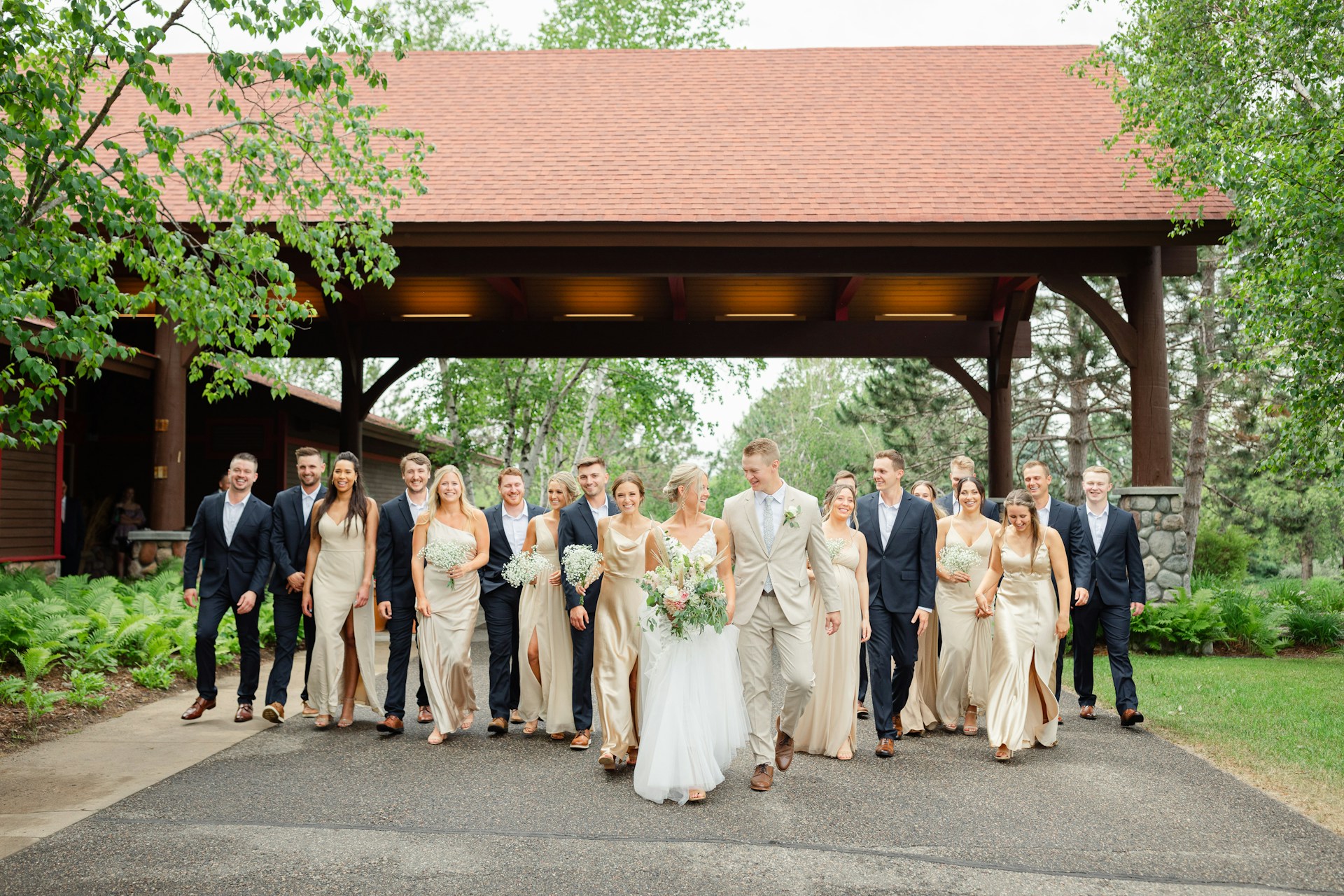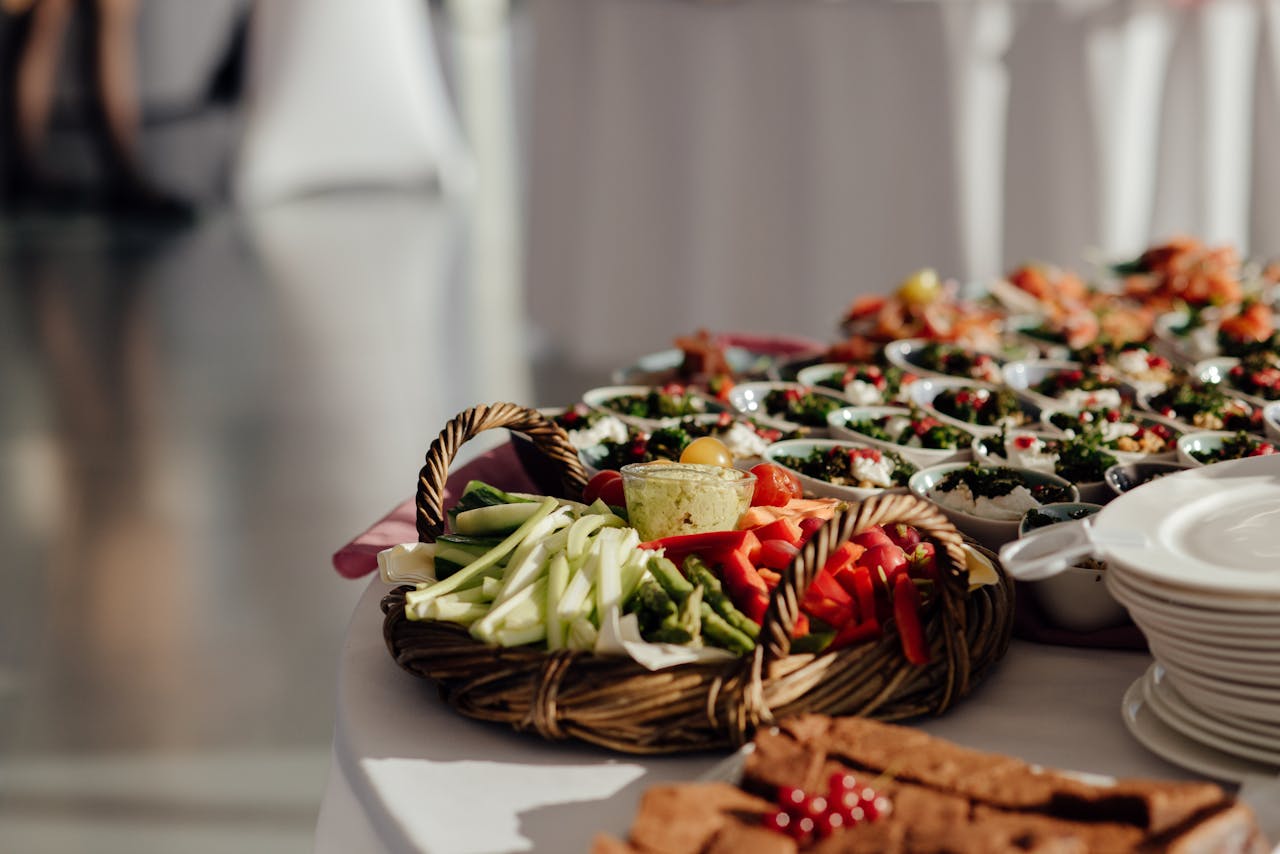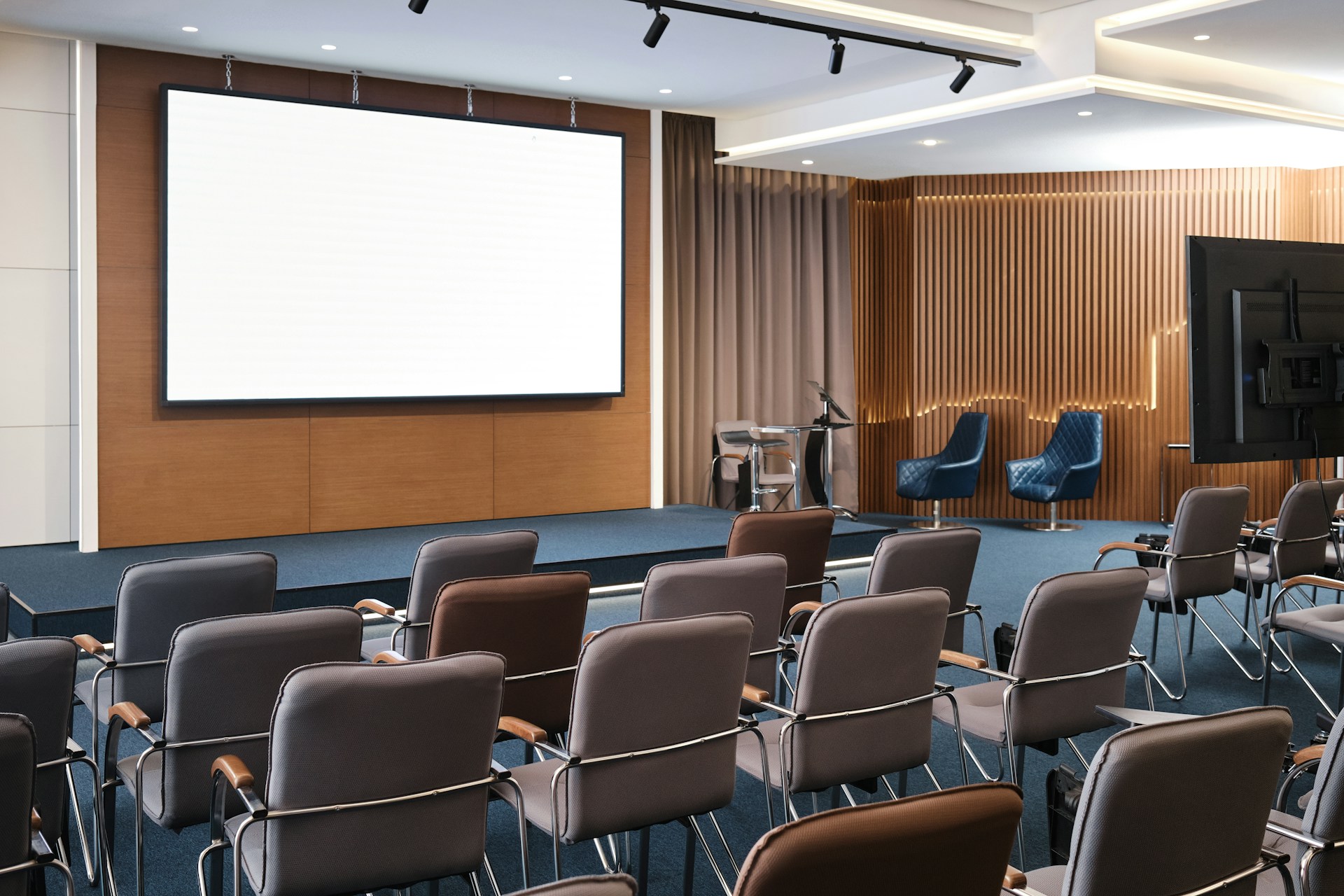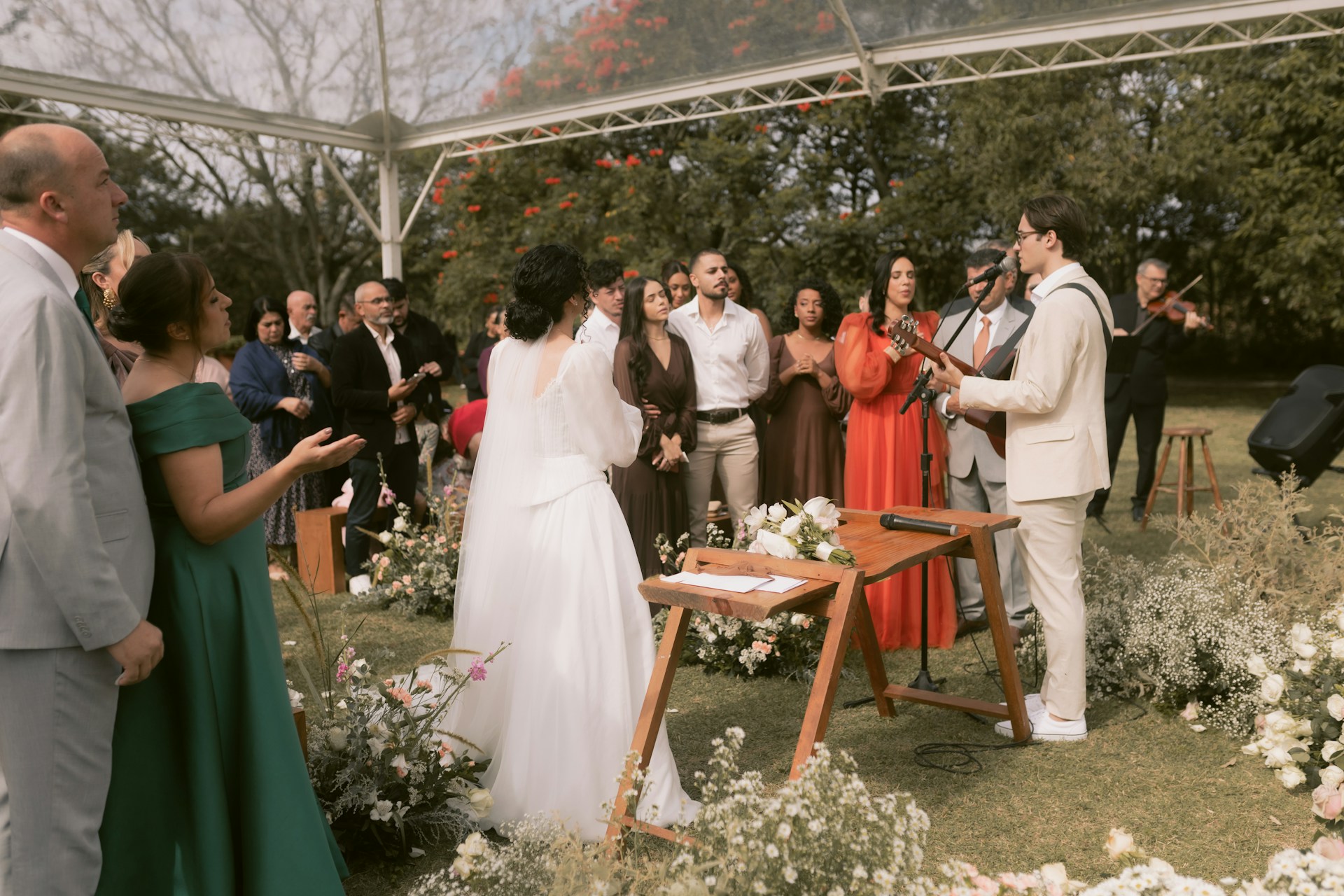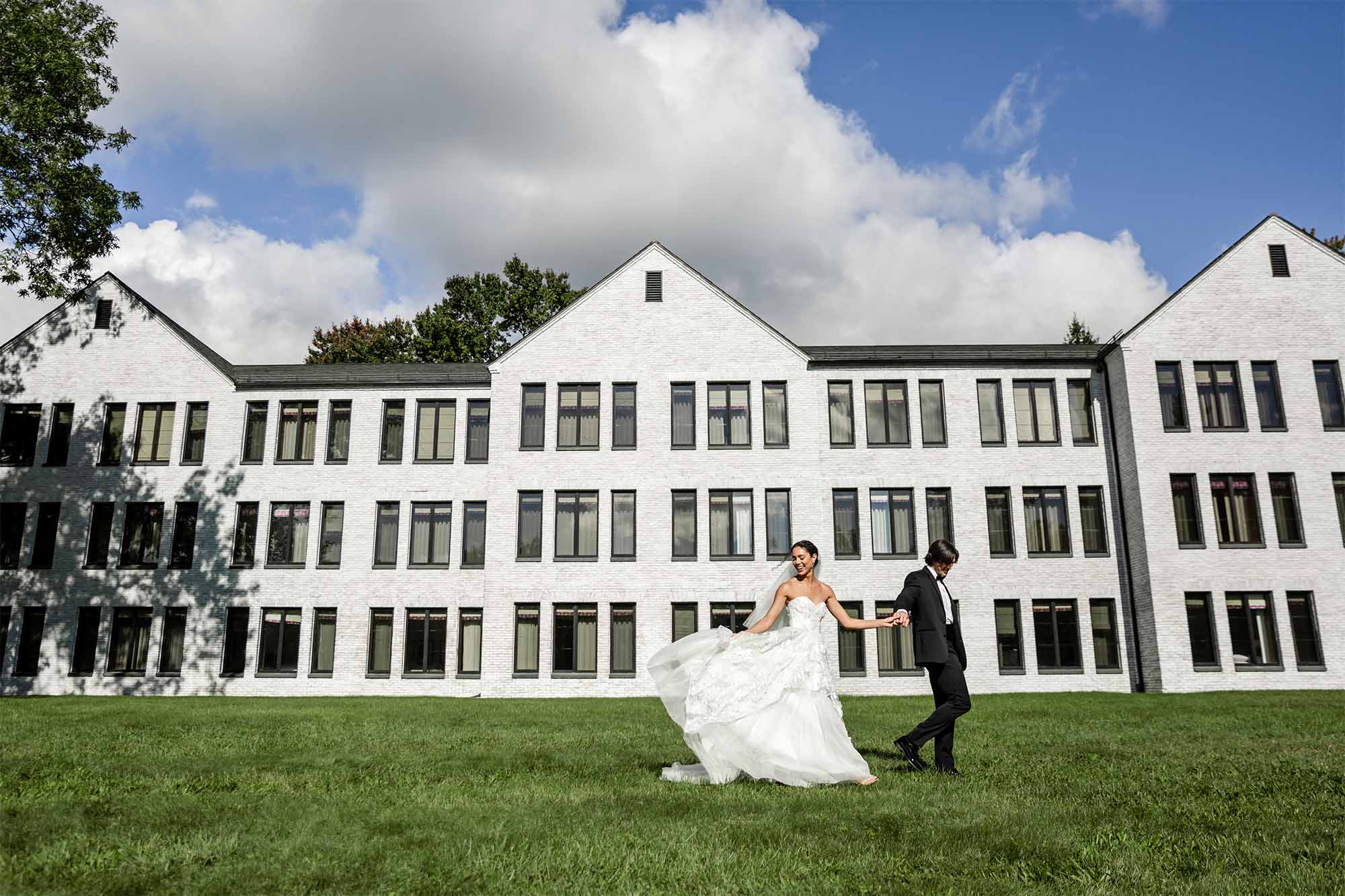No one wants to feel rushed or confused on their wedding day. It’s one of the most personal and emotional events you’ll ever be part of, and having a timeline you can count on makes all the difference. When each part of the day flows smoothly, it lets you and your guests enjoy the moments instead of watching the clock. Whether you’re planning a big celebration or something more low-key, timeline planning keeps things moving without stress.
Summers in Connecticut, especially in places like Norwalk, offer long daylight hours and great weather. That gives couples more flexibility with timing, especially for outdoor ceremonies, photographs, or sunset receptions. Still, even with those advantages, it’s really helpful to set time blocks for key parts of the day. Not only does it help vendors stay coordinated, but it lets family and friends know when to show up and what to expect.
Preparation Phase
The start of the wedding day sets the tone, so giving yourself enough time in the morning is a big help. It’s easy to underestimate how long it takes for hair, makeup, and getting dressed. Most delays stem from running late during this early part of the day, which can throw off the rest of the schedule.
Here’s a simple way to structure the morning:
– Start with hair and makeup: Set this to begin at least 5 to 6 hours before your ceremony if you have a bridal party. Have the makeup artist start on bridesmaids first while you’re getting settled.
– Photographers usually arrive during prep: Most couples want photos of the dress, rings, getting ready shots, or a first look with a parent. If you’re doing a first look with your partner, add another 30 to 45 minutes for that.
– Allow buffer time for dressing: Brides, grooms, and wedding party members should aim to be dressed 1 to 1.5 hours before the ceremony. That gives room for touch-ups, photos, or last-minute adjustments.
Think of it like stacking blocks. Each part depends on the one before it. If makeup runs late, photos get pushed. If photos take longer, your ceremony might start behind. Even having 15 extra minutes between tasks can save a lot of stress.
For example, if your Connecticut ceremony is set for 4:00 PM, try to complete hair and makeup by 1:30 PM. Plan your first look and portraits around 2:00 PM. That gives you enough breathing room in case anything takes longer than planned. With this kind of structure, your day starts relaxed and stays on schedule through the rest of the event.
Ceremony Schedule
Once everyone is dressed and photos are wrapped up, the wedding day shifts into ceremony mode. Timing their start properly is a bigger deal than people realize. A delay of even ten minutes can begin a ripple effect that pushes dinner service later or limits time for dancing. That’s why it’s helpful to have someone like a planner or coordinator keeping track of the schedule and gently moving things along.
Guests tend to arrive at least 20 to 30 minutes early, and most couples want to avoid having them wait too long. If your ceremony is at 4:00 PM, aim to have everyone seated by 3:50 PM and music playing before that. Ushers should be in place by 3:30 PM, welcoming guests and guiding them to their seats.
The actual ceremony itself should be timed based on the content. If you’re doing personalized vows, unity rituals, or religious readings, plan accordingly. Most non-religious ceremonies in Connecticut last about 20 to 30 minutes, though some are shorter or more detailed based on your preferences. No matter what length your ceremony is, plan a clean transition from the aisle to the next part of the day. That includes time for hugs, photos, or moving guests to a cocktail hour.
Here’s a quick rundown of some time markers that work well:
– Guests arrive: 3:30 PM
– Ceremony begins: 4:00 PM
– Ceremony ends: 4:30 PM
– Transition to cocktail hour: 4:30 to 5:30 PM
Even a few minutes of planning for these moments helps guests feel comfortably guided and gives everyone, especially the couple, some breathing room.
Reception Flow
The reception is where all the celebrating happens, but even the fun parts need structure. From the entrance to dessert, each part should flow into the next without too much downtime or confusion. Keeping energy up while allowing guests to relax is all about timing.
Here’s how to structure those major moments:
1. Grand Entrance: Once guests are seated, have the wedding party and the couple introduced. Lively music and brief announcements help build excitement.
2. First Dance: Plan this directly after the entrance or after dinner starts, based on personal preference. Just make it clear so your DJ or band can cue music as planned.
3. Toasts and Speeches: Right after guests are settled and enjoying their first course is a good time. Stick to around 10 to 15 minutes to keep the momentum.
4. Dinner Service: Work with your caterer to line up service times. Whether it’s plated or buffet style, make sure tables are called in an order that reduces waiting.
5. Cake Cutting and Dessert: This comes after dinner but also opens the floor for dancing. It’s a good energy shift from formality to fun.
Sticking to a realistic flow like this helps everyone enjoy the night without rushing or wondering what’s next. If your reception is outdoors in Norwalk, longer summer daylight hours give added flexibility. Still, sticking to a general order will help keep the mood upbeat and the party on track.
Wrapping Up The Day
Just because it’s the end of the night doesn’t mean the timing stops mattering. The final stretch of your wedding should feel smooth and memorable, not rushed or chaotic. There’s some flexibility here, but it’s good to know what to expect as the energy starts winding down.
Plan for the last dance about 15 to 20 minutes before your scheduled end time. This gives everyone a chance for a final exciting moment before things wrap up. That’s also when announcements about transportation, final shuttles, or after-party plans should happen.
If you’re offering transportation, make sure it aligns with the venue’s closing time. If shuttles are running, announce their departure windows more than once and provide signage or printed reminders. This avoids confusion and makes the transition easier on your guests.
Here’s a quick checklist to keep close:
– Last call: 20 to 30 minutes before the event ends
– Final shuttle reminders: Begin 15 minutes before departure
– Thank-you message or signs: Place near exits or favors
– Vendor cleanup: Coordinate with the planning team ahead of time
Having these pieces thought through keeps the ending from being a scramble. Your team will have a clear direction, and your guests will leave feeling like the day hit every note.
Making Your Connecticut Wedding Unforgettable
Wedding days fly by, especially when you’re at the center of it all. That’s why having an organized but flexible timeline matters. It frees you up to enjoy what’s happening in the moment, knowing that everything is taken care of ahead of time.
Breaking up your day into pieces like preparation, ceremony, and reception helps manage time in a way that feels natural. Adding in a few thoughtful pauses and buffer moments keeps stress down too. Planning for when things happen lets you be more present while they happen.
And whether you’re tying the knot under sunny skies in Norwalk or inside a stylish Connecticut venue, a reliable timeline gives you the space to actually enjoy your own celebration. At the end of it, that’s what it’s all about.
Planning a wedding involves careful timing and thoughtful details to create an unforgettable experience. If you’re ready to turn your special day in Norwalk into a cherished memory, explore how LaKota Oaks can assist you with Connecticut weddings. Our venue offers everything you need to ensure every moment of your wedding day is just right.


